The end of ransomware payments: How businesses fit into the fight
Governments worldwide have determined to stop ransomware payments, but what does this mean for businesses?


A global crackdown on ransomware payments is underway after a coalition of forty nations signed an agreement designed to stop digital extortionists. Part of the International Counter Ransomware Initiative, the no ransoms pledge aims to address ransomware attacks globally, with plans to leverage artificial intelligence (AI) and enhance information-sharing capabilities among nations.
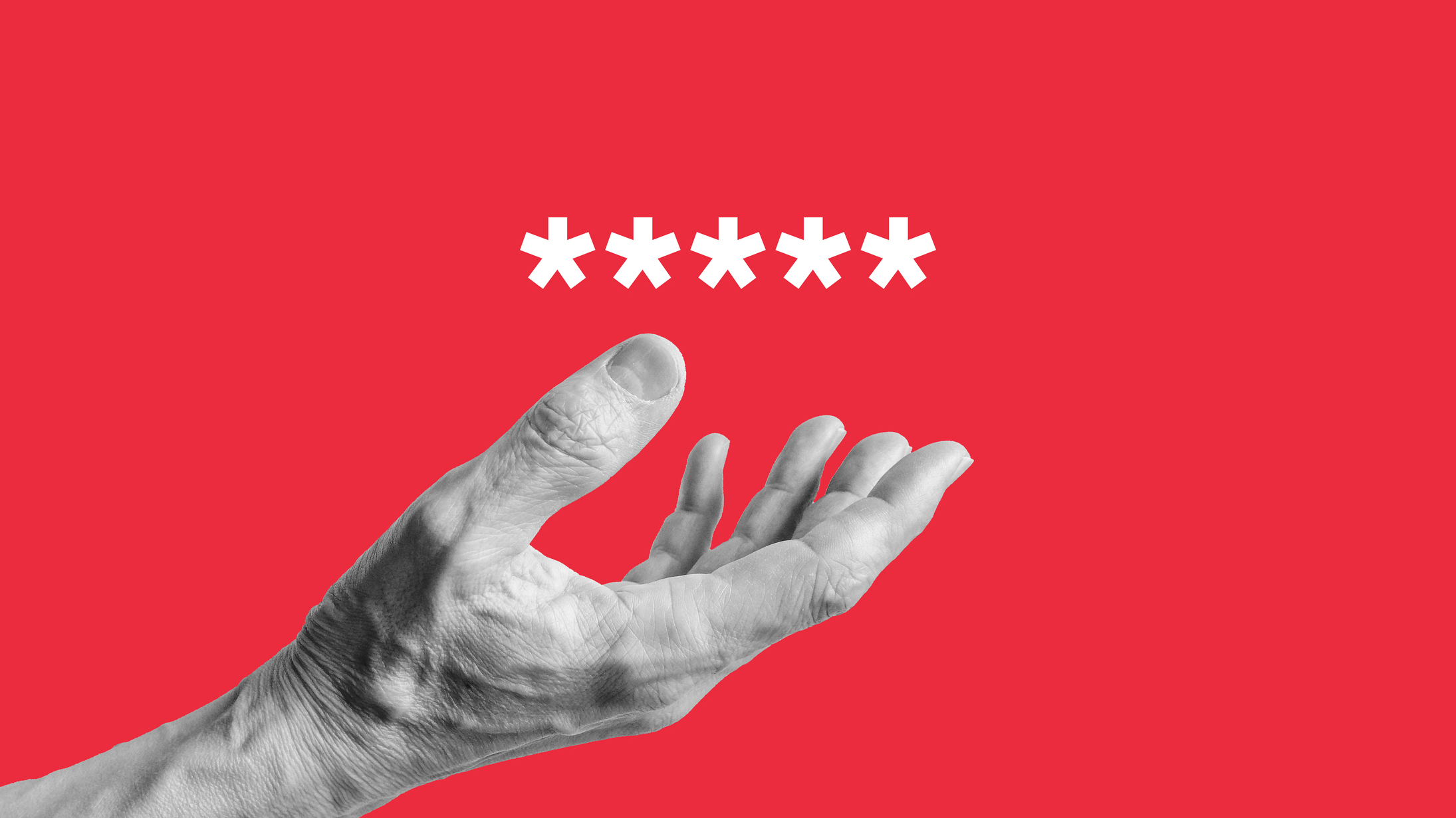
The Initiative will see countries designing platforms to share information on digital payment accounts and wallets associated with ransomware. The idea is to make it easier to trace the accounts used by criminals and prevent the transfer of funds.
Global organizations including the UK’s National Cyber Security Centre (NCSC) and US Federal Bureau of Investigation (FBI) already advise against paying ransoms, but many firms still pay up.
As the new crackdown on ransomware ramps up across the globe, what are the rules now – and what can firms do to avoid paying the ransom?
Crackdown on public sector ransomware payments
The Initiative does not directly impact private firms, as it focuses on government organizations and agencies. However, the overall aim is to increase collaboration between the public and private sectors and discourage payments by all organizations, says Javvad Malik, lead security awareness advocate at KnowBe4.
In doing so, the initiative hopes to make things difficult for ransomware-as-a-service operators and their business model. The agreement sets the stage for governments to collaborate more closely with each other to attack the problem from multiple angles, says Daniel Clayton, VP of security operations at Expel. This includes measures such as analyzing the blockchain to identify funding for ransomware and track and capture extortionists.
The initiative also aims to boost information sharing between member governments, he says, a step towards the kind of information-sharing framework for which experts in the space have long called. Recent developments such as the information sharing agreement between the European Union Agency for Cybersecurity (ENISA) and US Cybersecurity and Infrastructure Security Agency (CISA) may complement this.
Get the ITPro daily newsletter
Sign up today and you will receive a free copy of our Future Focus 2025 report - the leading guidance on AI, cybersecurity and other IT challenges as per 700+ senior executives
Of course, no firm wants to pay the ransom but the reality is often complex. It is not illegal unless the payment is made to a sanctioned entity, says Picus researcher Huseyin Can Yuceel. “Many businesses weigh the financial losses and legal repercussions of the attack and choose to pay the ransom as an unforeseen cost.”
RELATED RESOURCE
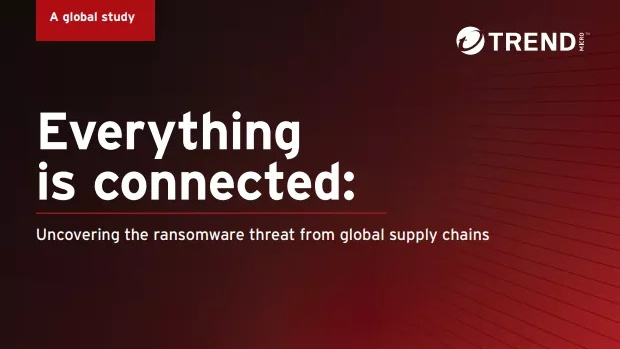
Discover how the ransomware epidemic influences global supply chains
DOWNLOAD NOW
But there are also multiple risks associated with paying ransoms. There is no way of knowing for certain if the attackers will honor the agreement and provide the decryption key, says Matt Roach, head of International information integrity institute (i-4) cyber security leaders community at KPMG UK. “Nor is there a guarantee that they won’t attack the company again. There are numerous instances of repeat victimization by different groups of cyber-criminals once word gets around that a particular company is a ‘cyber-soft touch’.”
At the same time, there are important ethical considerations to bear in mind, says Roach. “There is a risk that the money paid to cyber-criminals will be used for organized crime, human trafficking, terrorism, or other illegal activities.”
Recent Trend Micro research found that ransomware payments could fund up to ten new attacks, with researchers warning that ransomware groups can escalate attacks using payments from just a few victims.
Roach adds that law enforcement is closing in on cyber crime and that this should also be something businesses take into consideration. “Several governments are now imposing sanctions on cyber criminals. Hence, you might be breaking the law if you intend to acquiesce to their demands for payment.”
In February 2023 the UK government issued sanctions against members of Ryuk and Conti, ransomware groups known for attacks victims including Sopra Steria and the government of Costa Rica respectively. The US Department of Justice (DoJ) has also charged three members of Lockbit, the group behind the most dangerous ransomware strain and known for attacks such as the February 2023 Royal Mail cyber attack which cost the firm £10 million ($12.58 million) in remediation costs.
While you shouldn’t pay unless you have to, for private companies it is still a business decision. There is a need to weigh up the pros and cons of cost, reputational damage linked to a data breach, and downtime with the risks associated with paying the ransom and the potential mitigation of cyber insurance, says Clayton. “It is a reality that if a company has not been sufficiently diligent with response planning, they may have no choice but to make the payment.”
Richard Breavington, partner at international law firm RPC describes how his firm has dealt with cases where organizations have had to pay a ransom due to encryption of their main servers. “This meant that they were unable to carry out business and as a result, were suffering ongoing and unsustainable losses to revenue and commercial reputation that could only be remedied through getting their data back.”
Another firm needed to delay the publication of sensitive commercial information. “In one case, the publication of data relating to a sensitive corporate agreement could have jeopardized the deal at the time. Once the deal was complete, the sensitivity decreased considerably, but the ransom payment to delay imminent data release was considered necessary by the client.”
Negotiating with attackers over ransomware payments
Whether a firm pays in the end or not, it is often necessary to negotiate with attackers. If they need to do so, organizations shouldn’t go it alone. First and foremost, consult with your legal team before and during any negotiation, says Clayton. He recommends using a well-regarded third-party ransomware negotiation service to interact with attackers, especially if you plan to pay.
Of course, the ideal outcome is to avoid paying the ransom at all – something backed up by all the advice from experts and governments.
Organizations are better off investing money that would be paid to a ransomware adversary in improving their security, says Allan Liska, threat intelligence analyst at Recorded Future. “Invest in better backup capabilities, as well as more effective data management. Because of the way ransomware attacks have evolved, where data exfiltration is integral to an attack it can be just as important to know where your data is, both locally and in cloud environments, and how it is being secured at all times good backups and other effective security steps.”
Businesses should remember the basics to help mitigate ransomware risks, says Adam Harrison, managing director in the cybersecurity practice at FTI Consulting. “Identify what and where critical data is and make sure it is properly protected; ensure backups are complete, offline, and tested; and employ multi-factor authentication (MFA) wherever possible.”
In addition, Malik advises patching vulnerable software and providing security awareness training to employees. No business can escape this threat altogether, with small business ransomware attacks on the rise as attackers exploit the lower security budgets and outdated software of smaller businesses for financial gain.

The global ransomware crackdown is likely to expand as the data-locking malware continues to be a part of many modern cyber-attacks. The new agreement is about discouraging payments, rather than banning them, to try and disrupt the ransomware business model for good. For now, experts agree that collaboration between companies and the public sector is key – and paying the ransom should only be a last resort.
As ransomware evolves, it is vital that organizations anticipate how stolen data could be used for secondary crime and fraud, says Roach. “Place additional cyber security measures around the data that would cause the greatest embarrassment or damage in the hands of enemies.”
Kate O'Flaherty is a freelance journalist with well over a decade's experience covering cyber security and privacy for publications including Wired, Forbes, the Guardian, the Observer, Infosecurity Magazine and the Times. Within cyber security and privacy, her specialist areas include critical national infrastructure security, cyber warfare, application security and regulation in the UK and the US amid increasing data collection by big tech firms such as Facebook and Google. You can follow Kate on Twitter.
-
 Bigger salaries, more burnout: Is the CISO role in crisis?
Bigger salaries, more burnout: Is the CISO role in crisis?In-depth CISOs are more stressed than ever before – but why is this and what can be done?
By Kate O'Flaherty Published
-
 Cheap cyber crime kits can be bought on the dark web for less than $25
Cheap cyber crime kits can be bought on the dark web for less than $25News Research from NordVPN shows phishing kits are now widely available on the dark web and via messaging apps like Telegram, and are often selling for less than $25.
By Emma Woollacott Published
-
 Five Eyes cyber agencies issue guidance on edge device vulnerabilities
Five Eyes cyber agencies issue guidance on edge device vulnerabilitiesNews Cybersecurity agencies including the NCSC and CISA have issued fresh guidance on edge device security.
By Emma Woollacott Published
-
 "Thinly spread": Questions raised over UK government’s latest cyber funding scheme
"Thinly spread": Questions raised over UK government’s latest cyber funding schemeThe funding will go towards bolstering cyber skills, though some industry experts have questioned the size of the price tag
By George Fitzmaurice Published
-
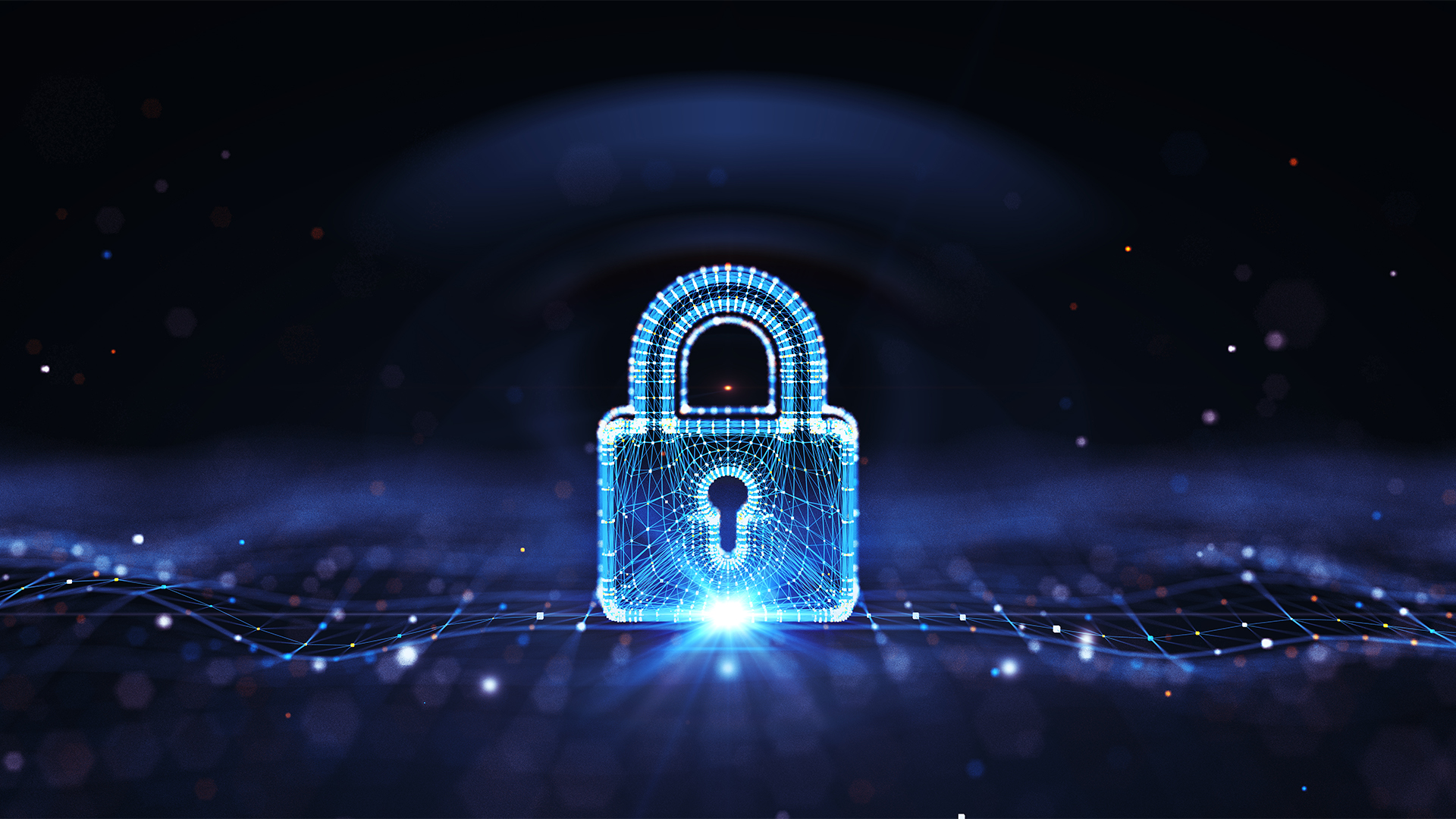 State-sponsored cyber crime is officially out of control
State-sponsored cyber crime is officially out of controlNews North Korea is the most prolific attacker, but Russia and China account for the most disruptive and tightly-targeted campaigns
By Emma Woollacott Published
-
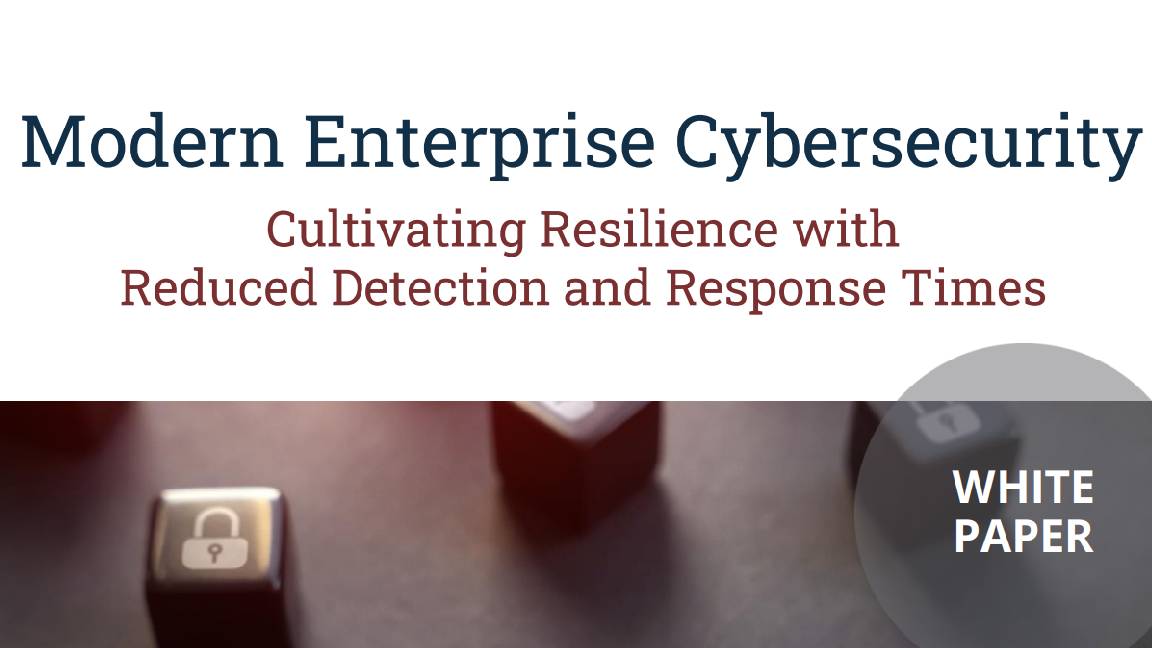 Modern enterprise cybersecurity
Modern enterprise cybersecuritywhitepaper Cultivating resilience with reduced detection and response times
By ITPro Published
-
 IDC InfoBrief: How CIOs can achieve the promised benefits of sustainability
IDC InfoBrief: How CIOs can achieve the promised benefits of sustainabilitywhitepaper CIOs are facing two conflicting strategic imperatives
By ITPro Published
-
 The NCSC and FBI just issued a major alert over a state-backed hacker group – here’s what you need to know
The NCSC and FBI just issued a major alert over a state-backed hacker group – here’s what you need to knowNews State-affiliated attackers are targeting individuals via spear-phishing techniques, according to the NCSC
By Emma Woollacott Published
-
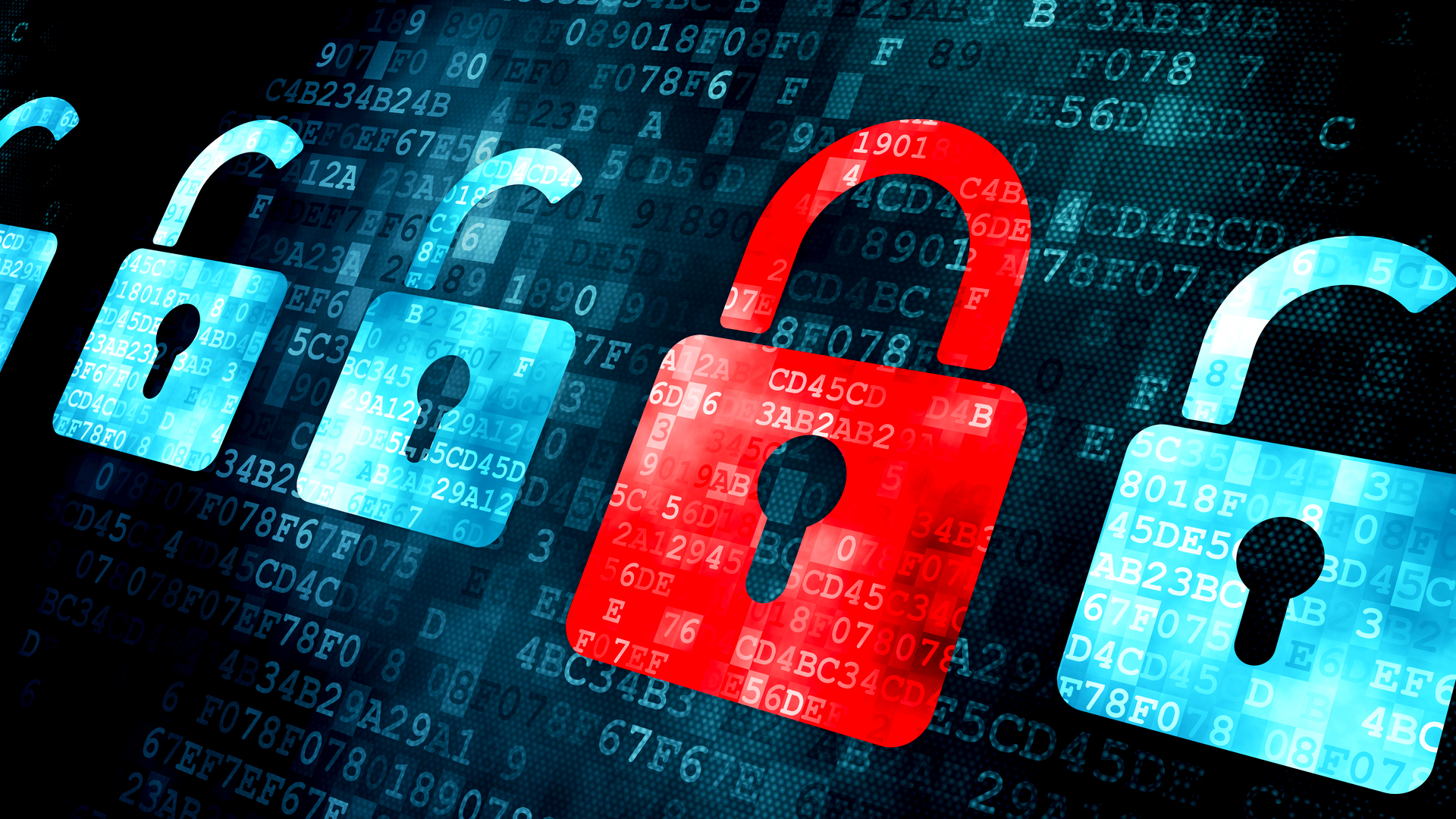 UK's data protection watchdog deepens cooperation with National Crime Agency
UK's data protection watchdog deepens cooperation with National Crime AgencyNews The two bodies want to improve the support given to organizations experiencing cyber attacks and ransomware recovery
By Emma Woollacott Published
-
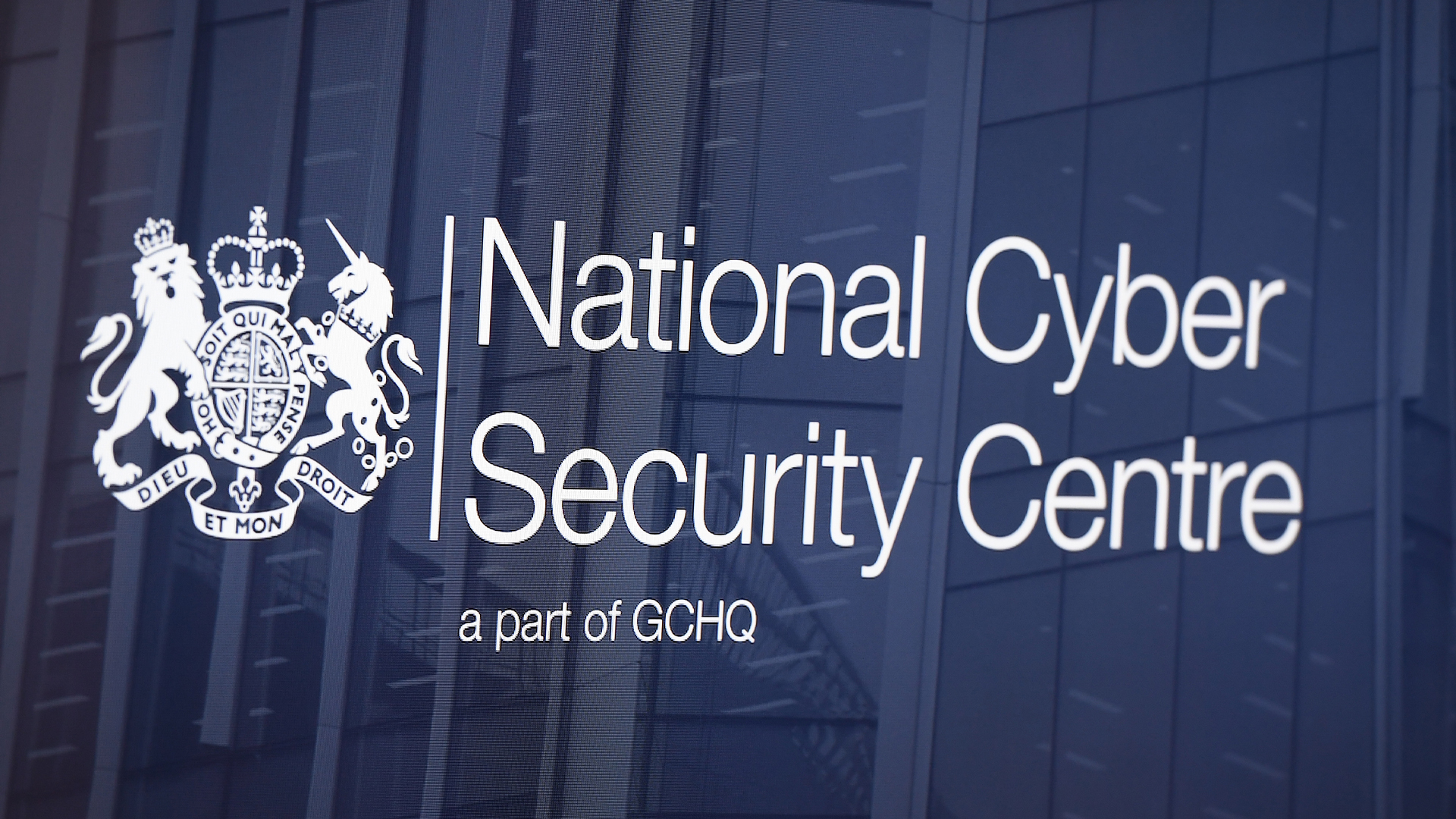 The NCSC wants to know how your business is using honeypots to combat hackers
The NCSC wants to know how your business is using honeypots to combat hackersNews The NCSC hopes to encourage the use of cyber deception techniques within the UK, across government and critical national infrastructure
By Emma Woollacott Published